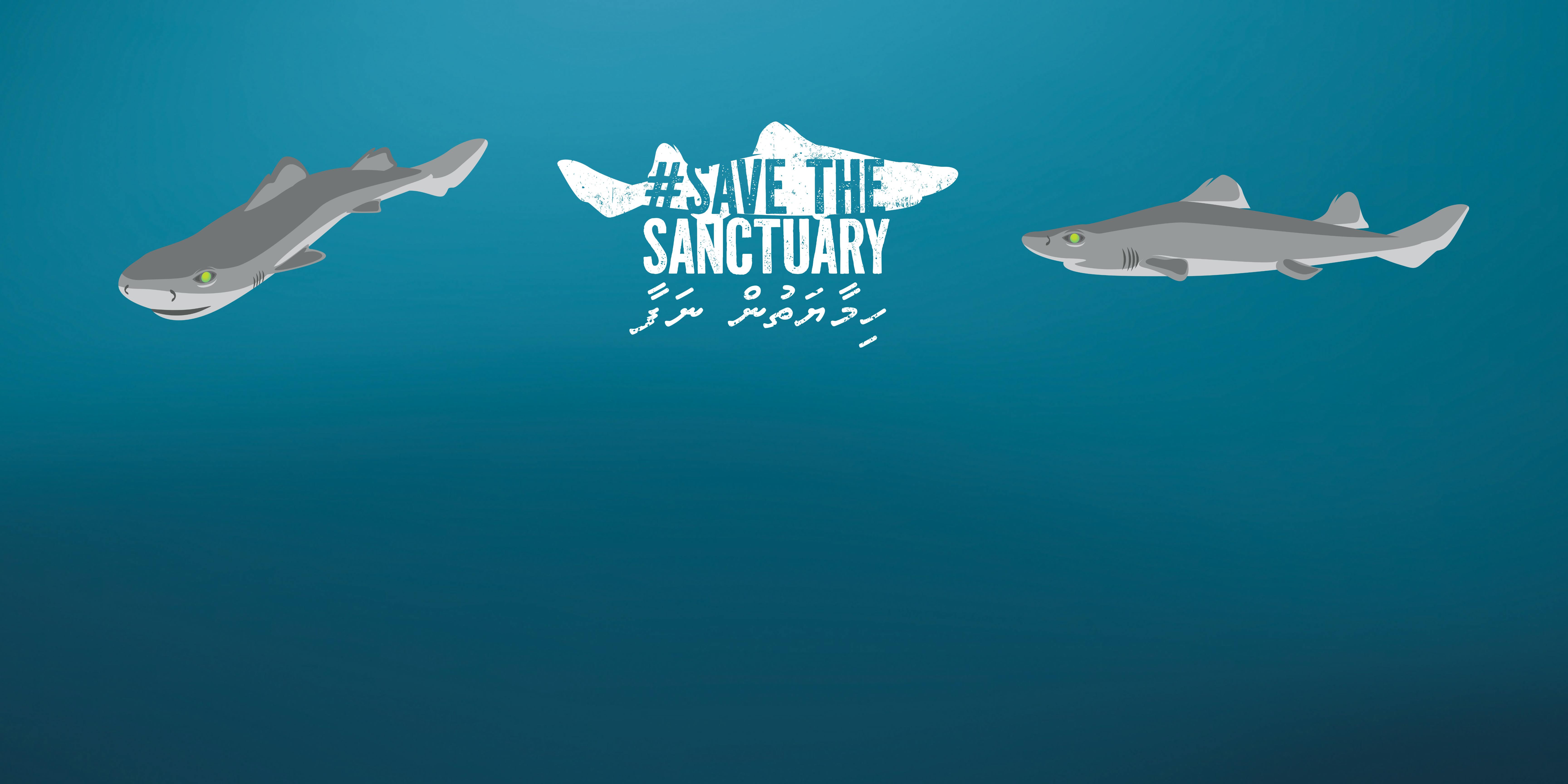We are so excited to tell you about a major victory that our supporters helped achieve. Yesterday at the UN Ocean Conference, the Colombian government announced it will create four new official marine reserves, including one expanding the fully protected Malpelo Sanctuary of Fauna and Flora. Colombia will now surpass the goal of protecting 30% of its waters eight years before the 2030 deadline! The initiative to protect 30% of the global ocean by the year 2030, referred to as 30x30, is a target that scientists have indicated is necessary in order to prevent irreversible loss of marine life. A huge thank you to everyone who made their voice heard on the petition to protect the Eastern Tropical Pacific marine corridor. And, of course, this win would not have been possible without the hard work and dedication of Colombia’s environmental, fishing, and maritime authorities, along with scientists, the private fishing sector, nonprofits, and the people of Colombia. With this remarkable action, Colombia will strengthen local fisheries, sustainable livelihoods, and the protection of marine biodiversity in its native waters and throughout the Eastern Tropical Pacific marine corridor. If you’d like to move another campaign to create sanctuaries close to victory, consider adding your name to the brand-new petition to expand the Pacific Remote Islands Marine National Monument 🌎 ⛵️
The Maldives is one of 17 shark sanctuaries in the world and the only one in the Indian Ocean. But this sanctuary is now at risk.
In November 2025, the Maldivian government plans to reopen gulper shark fishing and legalise vertical longlining, a move that risks not only biodiversity and food security, but also the Maldives’ global reputation as a leader in ocean protection.
Gulper sharks are among the slowest-reproducing sharks on Earth, taking more than two decades to mature and give birth to just one or two pups every few years. When gulper shark fisheries last operated in the Maldives, they collapsed in only a few years, wiping out more than 90 per cent of the population. To date, there is no evidence the species has recovered.











